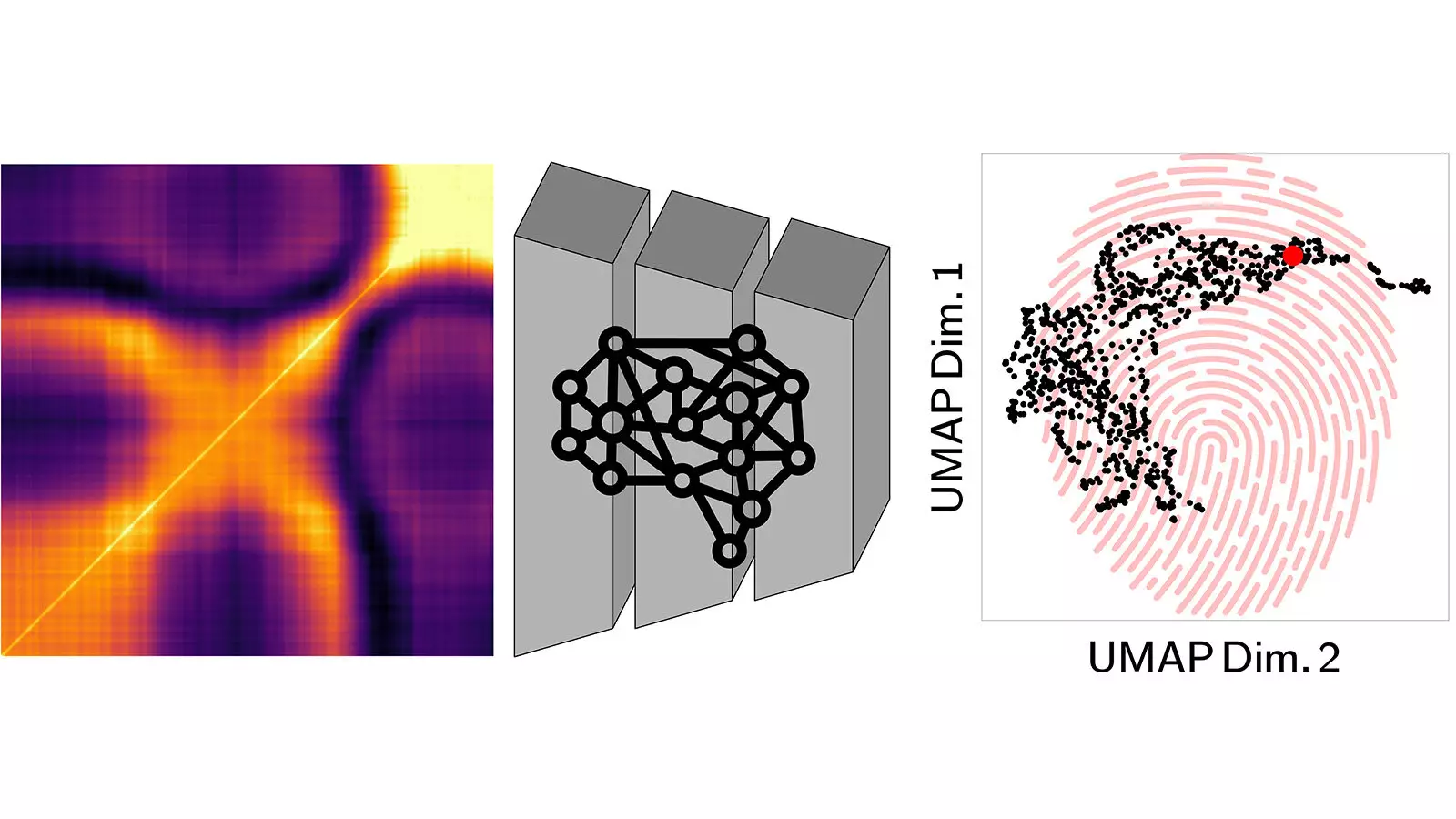Materials are not static entities; they morph and adapt over time, much like living organisms. This realization is pivotal for scientists who are honing in on the dynamic behaviors of materials, especially under varying stresses. To explore these changes in unprecedented detail, researchers at the U.S. Department of Energy’s Argonne National Laboratory have embarked on an innovative journey. By harnessing the capabilities of X-ray photon correlation spectroscopy (XPCS) in tandem with cutting-edge artificial intelligence (AI) and machine learning techniques, they are decoding the intricate stories that materials tell as they transition between different states.
The Signature of Change: Material Fingerprinting
At the heart of this research lies the concept of creating distinctive “fingerprints” for a wide array of materials. These aren’t your run-of-the-mill fingerprints but rather complex, multidimensional data signatures that reflect how a material behaves as it undergoes stress and relaxation. Utilizing a neural network—an AI model inspired by the human brain—this approach allows scientists to dissect and analyze materials with remarkable precision, opening doors to insights that were previously unattainable.
James (Jay) Horwath, a postdoctoral researcher involved in the study, articulated the challenge: “Collecting X-ray scattering data reveals patterns too intricate for the human eye to interpret without the assistance of AI.” Indeed, these patterns are so convoluted that even seasoned experts can struggle to discern their meaning. Thus, condensing vast datasets into core fingerprints—the material’s “genome”—is not merely advantageous; it is essential for effective analysis.
AI-NERD: The Brain Behind Material Analysis
The initiative dubbed Artificial Intelligence for Non-Equilibrium Relaxation Dynamics, or AI-NERD, employs an autoencoder—a specialized type of neural network. The autoencoder effectively compresses complex input data into simpler, manageable forms known as latent representations, while also retaining the structure necessary to reconstruct the original dataset. This ingenious methodology allows researchers to cluster similar fingerprints, thereby forming a comprehensive map of material characteristics.
By grouping these fingerprints into neighborhoods based on their features, scientists can discern not just how materials are structured but also how they evolve over time. Our reliance on AI, which excels at recognizing patterns, facilitates a more efficient means of organizing an overwhelming variety of X-ray images into a logical framework. “The goal of the AI is to treat the scattering patterns as images and decode them to identify recurring patterns,” notes Horwath. In essence, AI becomes the pattern recognition virtuoso, sculpting order from chaos.
Preparing for the Future: Bright Beams and Big Data
This study is not just an academic exercise; it’s foundational for the future of material science. The Argonne National Laboratory’s upgraded Advanced Photon Source (APS) is set to unleash X-ray beams up to 500 times brighter than those available previously. This leap in technology will inundate researchers with a deluge of data, making it crucial to employ AI to sift through and make sense of this wealth of information.
The collaboration across various teams, including the theory group at the Center for Nanoscale Materials and Argonne’s X-ray Science division, highlights an interdisciplinary approach that’s essential for advancing our understanding of materials. By simulating molecular dynamics, these researchers are not simply dependent on existing data; they are also pioneering synthetic data generation for the training of AI workflows, ensuring that the tools of tomorrow are ready for the challenges ahead.
The Collective Genius of Collaboration
One of the study’s remarkable aspects is the collaborative spirit that propelled it forward. A diverse cast of authors from various disciplines lends strength to the findings. Their combined expertise—from theoretical backgrounds to practical applications—fosters a rich environment for innovation. The shared ambition to enhance material understanding showcases how interdisciplinary teamwork can lead to groundbreaking advancements in science.
In a world where materials are integral to technological progress, unlocking their secrets is more than just an academic pursuit; it is a necessity. Understanding how materials function under different conditions can directly impact the design of better products, from more efficient batteries to advanced biomedical devices. Thus, the work being done at Argonne is not just significant; it is transformative.
In an era defined by rapid technological advancement, the application of AI in material science is an inspiring reminder of how human ingenuity, when paired with cutting-edge technology, can lead to monumental developments that enhance our understanding of the world around us.

